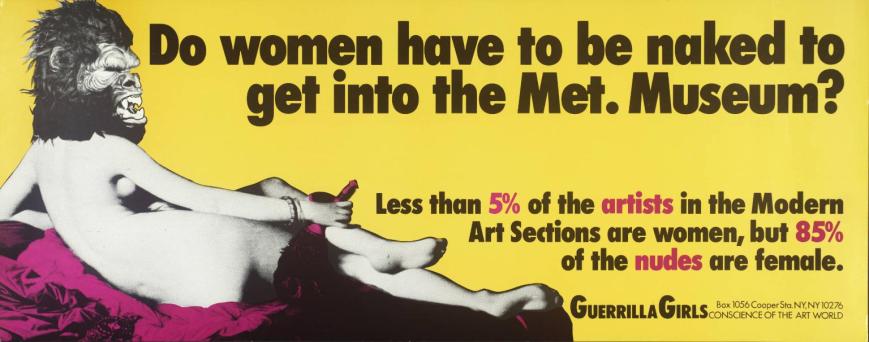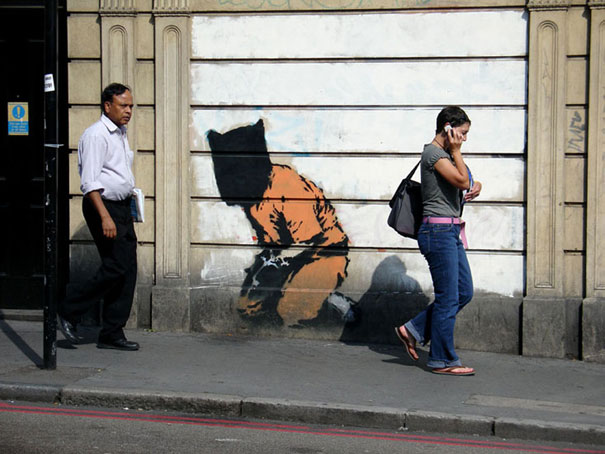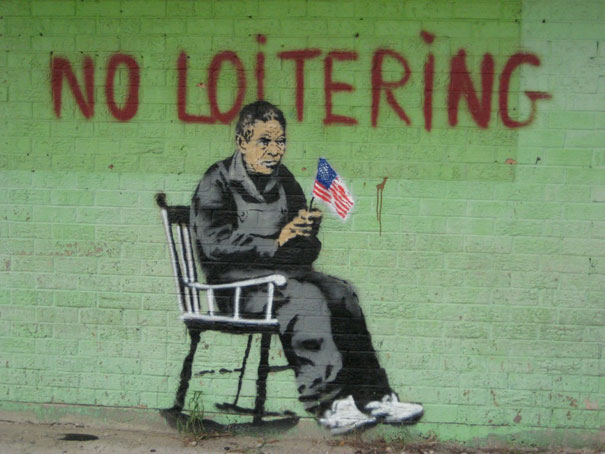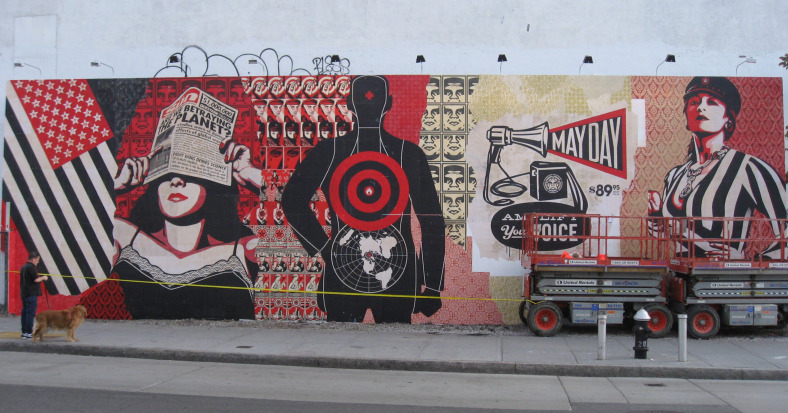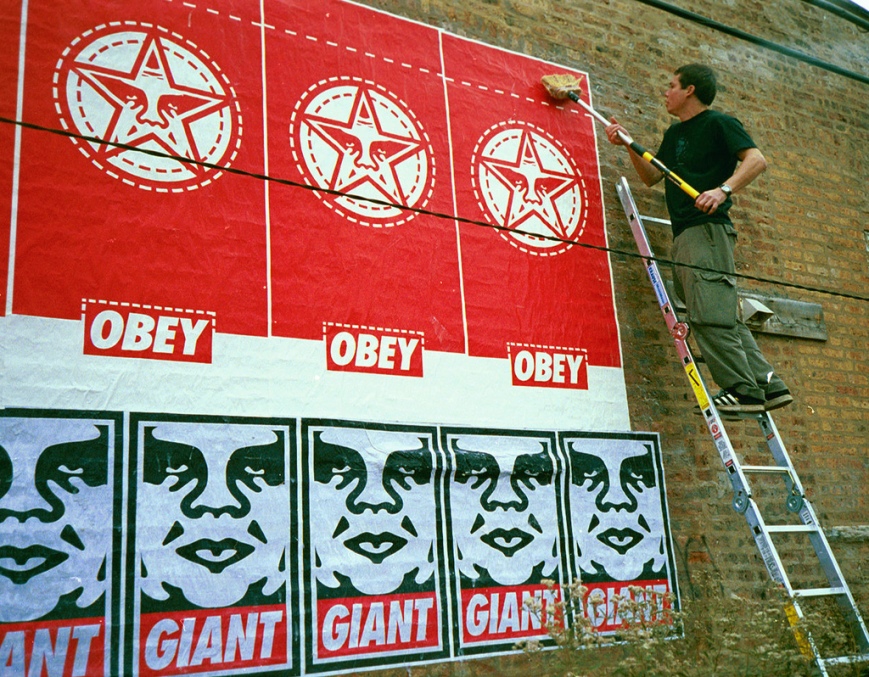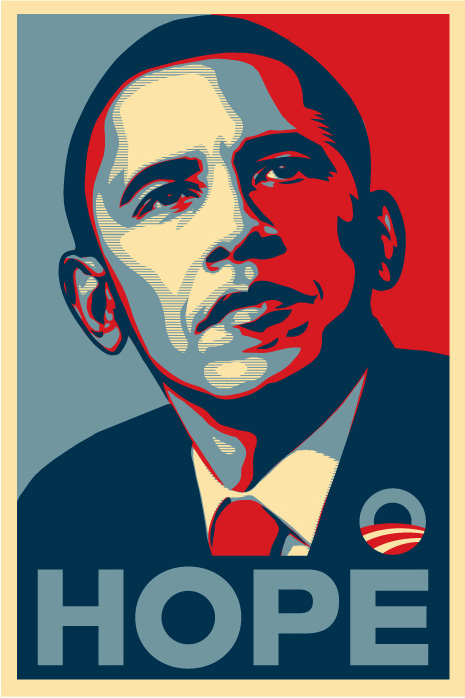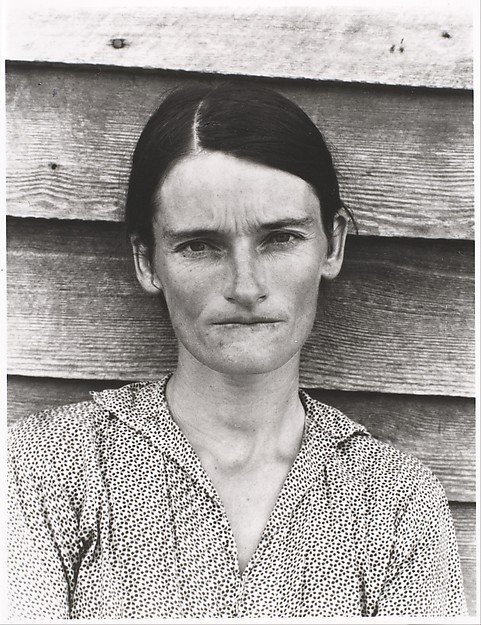
Sherrie Levine (American, born 1947)
After Walker Evans: 4, 1981
Gelatin silver print, 12.8 x 9.8 cm (5 1/16 x 3 7/8 in.)
In the late 1970s and early 1980s, a group of artists including Cindy Sherman, Richard Prince, and Sherrie Levine—at the time dubbed the “Pictures” generation—began using photography to examine the strategies and codes of representation. In reshooting Marlboro advertisements, B-movie stills, and even classics of Modernist photography, these artists adopted dual roles as director and spectator. In their manipulated appropriations, these artists were not only exposing and dissembling mass-media fictions, but enacting more complicated scenarios of desire, identification, and loss.
In 1981, Levine photographed reproductions of Depression-era photographs by Walker Evans, such as this famous portrait of Allie Mae Burroughs, the wife of an Alabama sharecropper. The series, entitled After Walker Evans, became a landmark of postmodernism, both praised and attacked as a feminist hijacking of patriarchal authority, a critique of the commodification of art, and an elegy on the death of modernism. Far from a high-concept cheap shot, Levine’s works from this series tell the story of our perpetually dashed hopes to create meaning, the inability to recapture the past, and our own lost illusions.
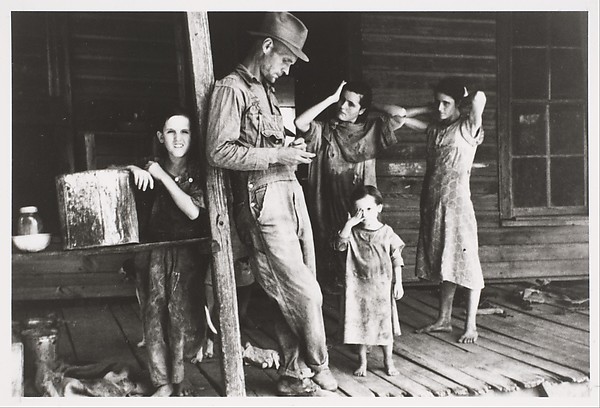
Sherrie Levine (American, born 1947)
After Walker Evans: 1, 1981
Gelatin silver print, 8.6 x 12.9 cm. (3 3/8 x 5 1/16 in.)
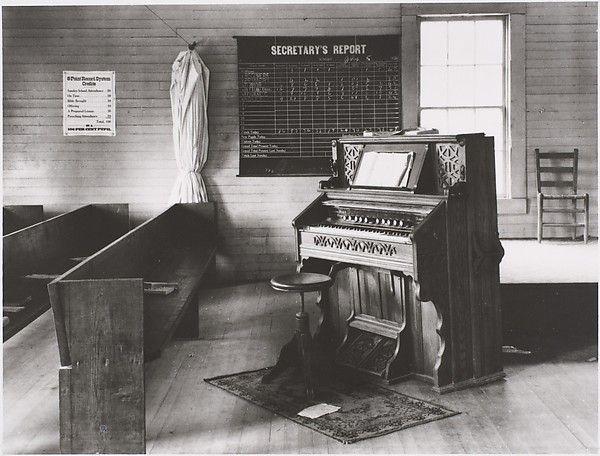
Sherrie Levine (American, born 1947)
After Walker Evans: 10, 1981
Gelatin silver print, 9.6 x 12.7 cm. (3 3/4 x 5 in.)
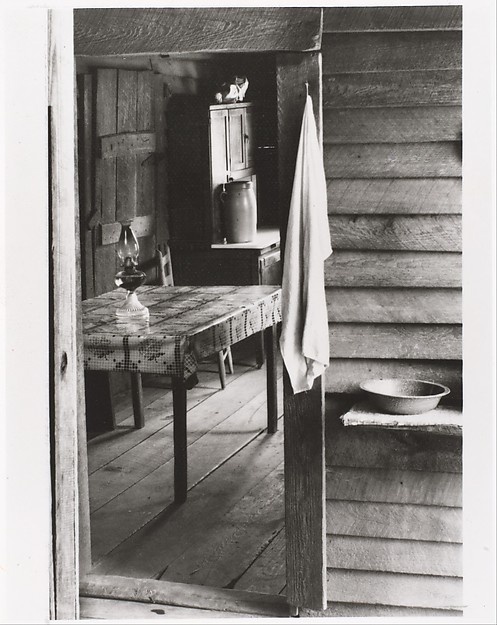
Sherrie Levine (American, born 1947)
After Walker Evans: 11, 1981
Gelatin silver print, 12.9 x 10.2 cm. (5 1/16 x 4 in.)
••••••••••••••
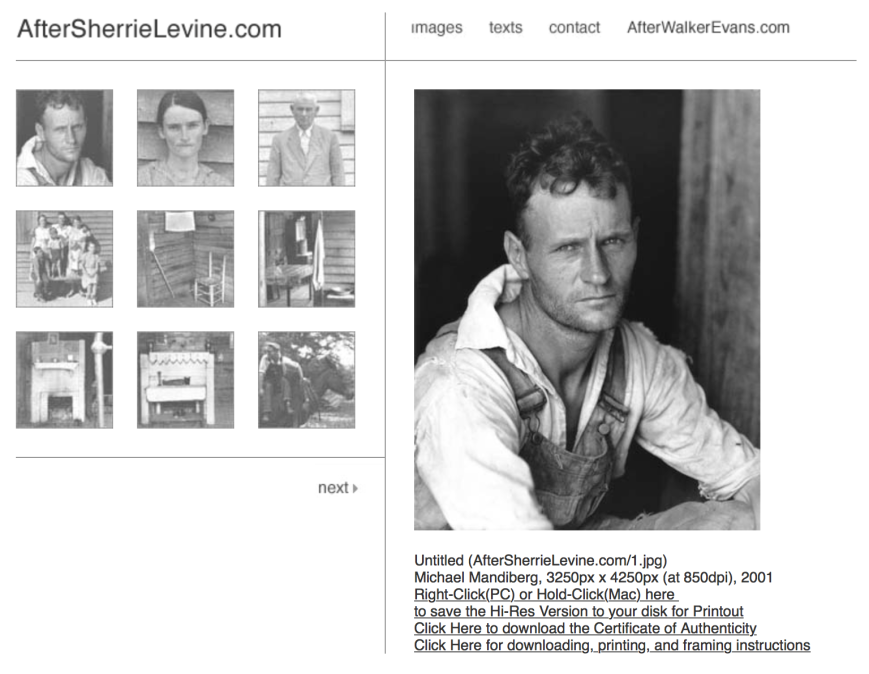
In 1936 Walker Evans photographed the Burroughs, a family of sharecroppers in Depression era Alabama. In 1979 in Sherrie Levine rephotographed Walker Evans’ photographs from the exhibition catalog “First and Last.” In 2001 Michael Mandiberg scanned these same photographs, and created AfterWalkerEvans.com and AfterSherrieLevine.com to facilitate their dissemination as a comment on how we come to know information in this burgeoning digital age.
Here on AfterSherrieLevine.com you will find a browsable selection of these images. Links to the high-resolution exhibition-quality images to download and print out. Along with a certificate of authenticity for each image, which you print out and sign yourself, as well as directions on how to frame the image so that it will fulfill the requirements of the certificate.
By building the image’s URL into the title – the image to the left is “Untitled (AfterSherrieLevine.com/2.jpg)” – the images are locatable and downloadable by anyone who sees or reads about the image. By distributing the images online with certificates of authenticity, the images are accessible by anyone. Unlike the work of the late Felix Gonzalez-Torres ‹ known for his spills of candy and stacks of paper from which the viewer can take a piece of, though the sculpture stays complete because the owner possesses the certificate of authenticity, the right to reproduce ‹ the certificates here are used to insure that each satellite image be considered with equal authenticity, not the opposite. This is an explicit strategy to create a physical object with cultural value, but little or no economic value.
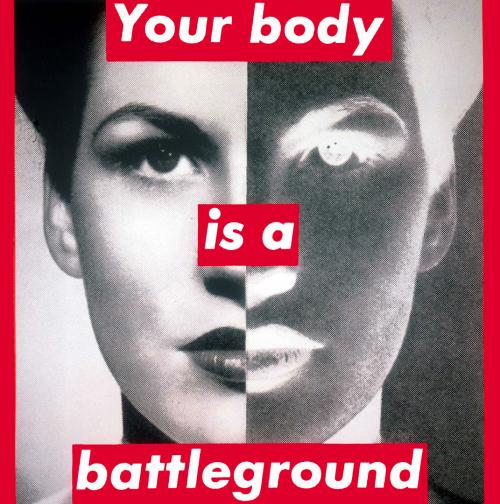
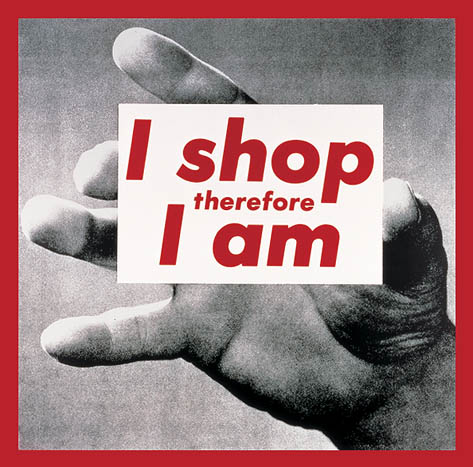
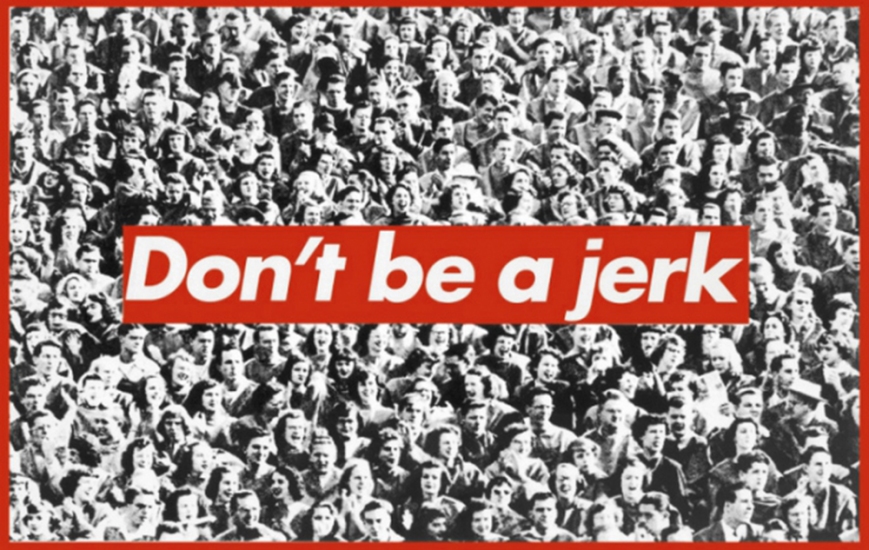
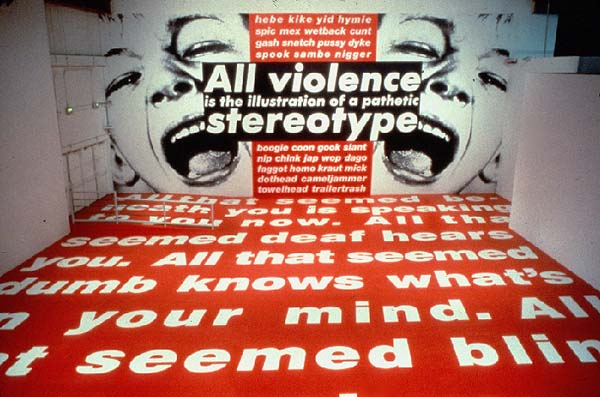
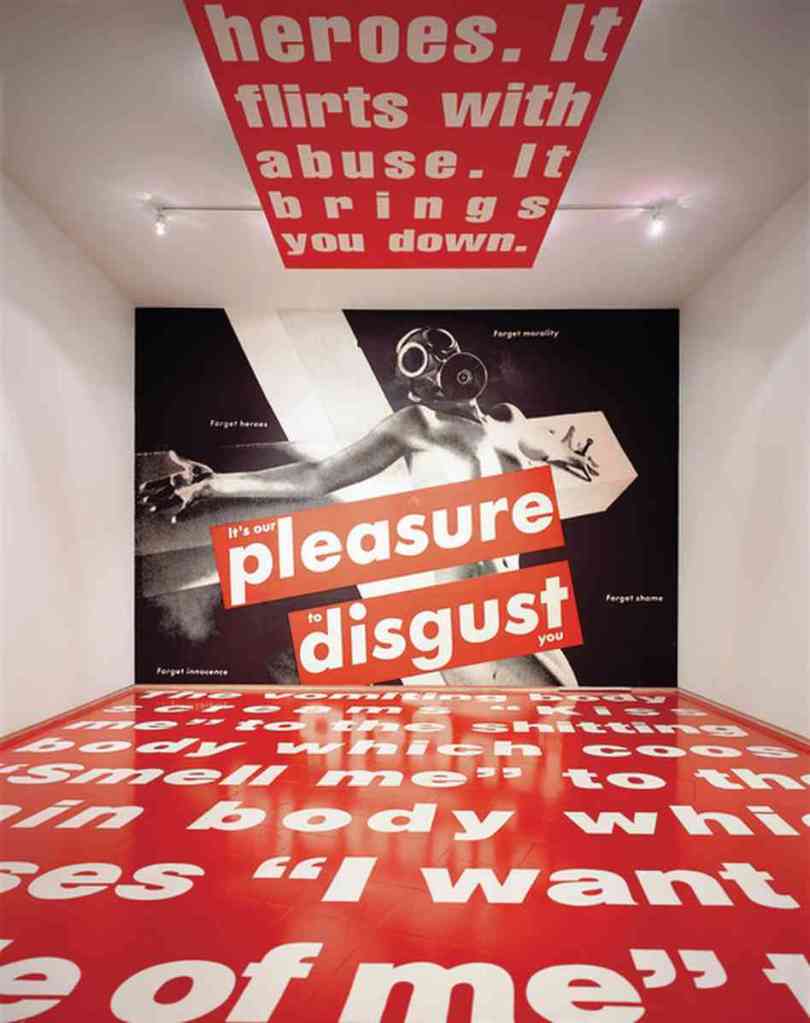
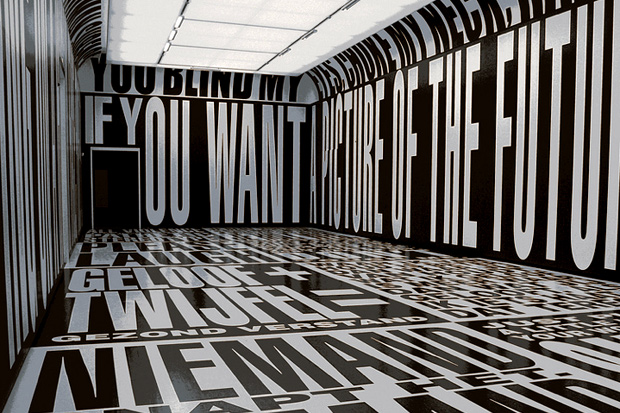
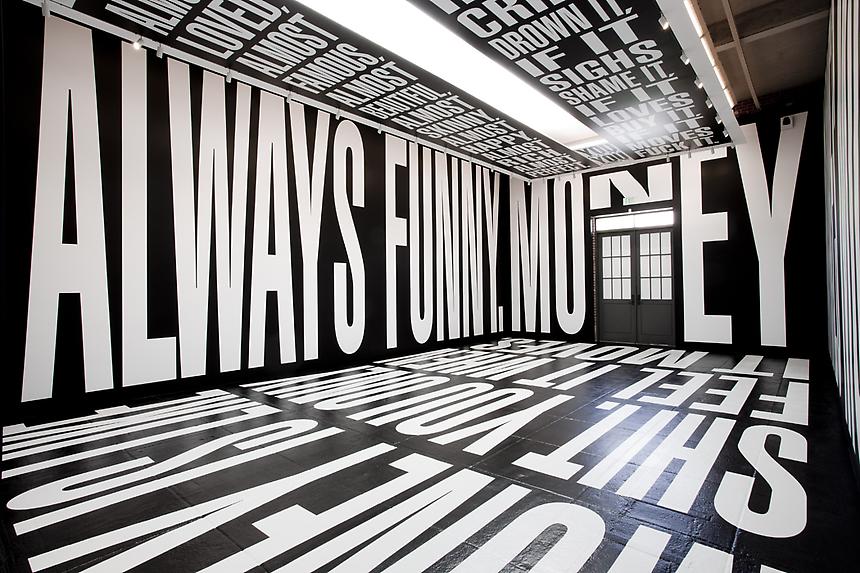
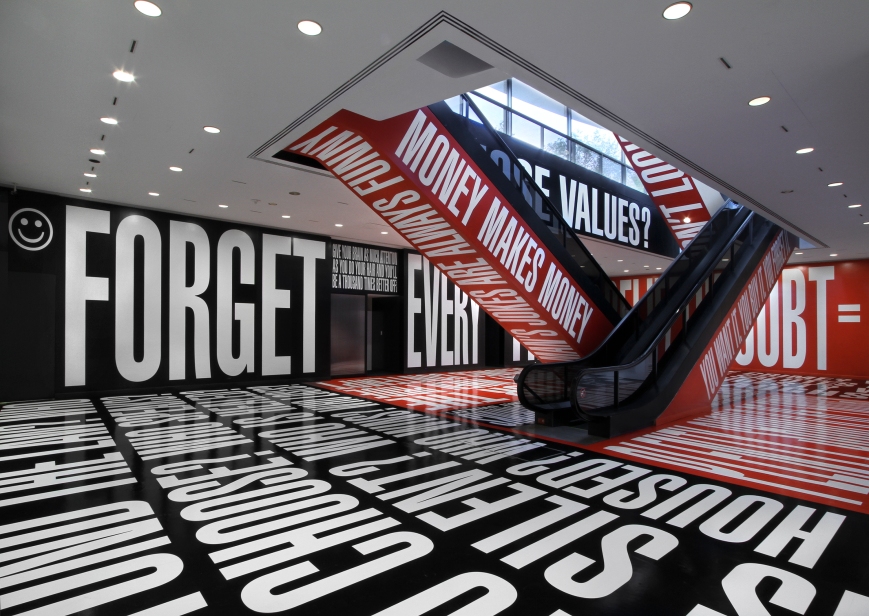
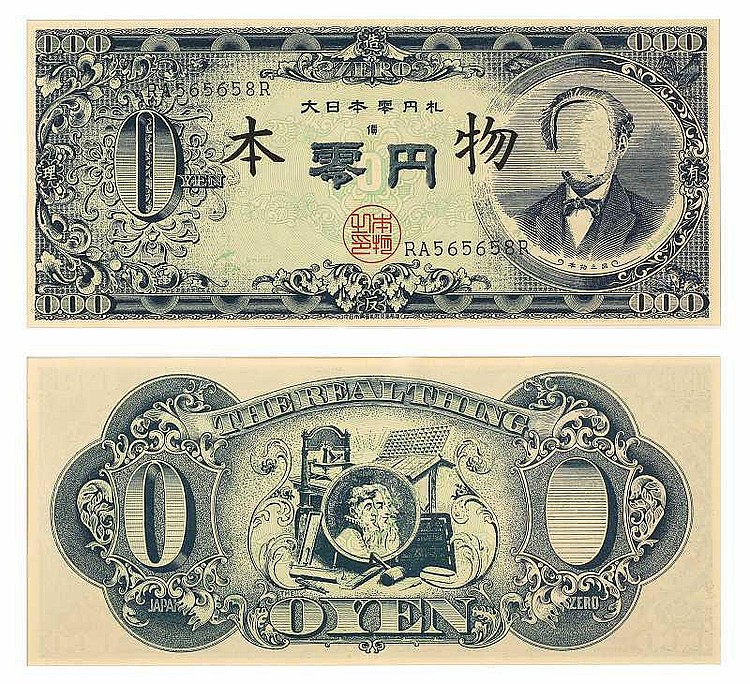
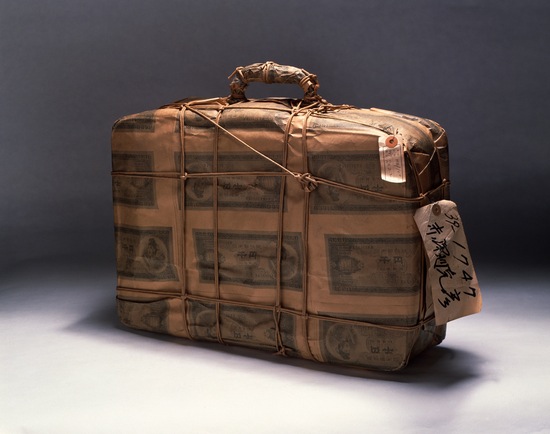
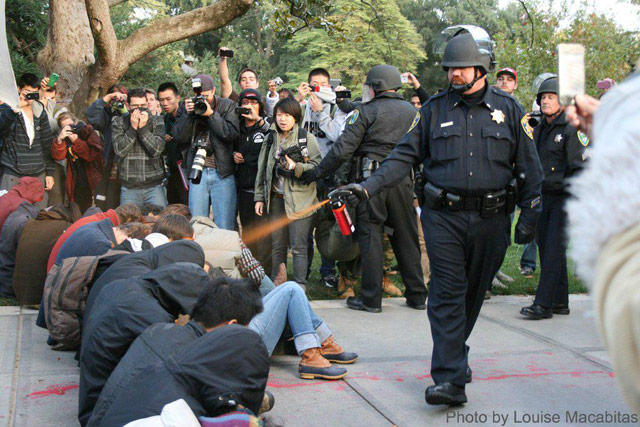
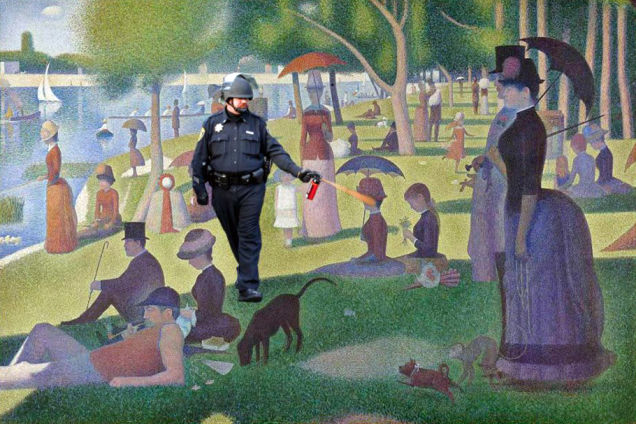

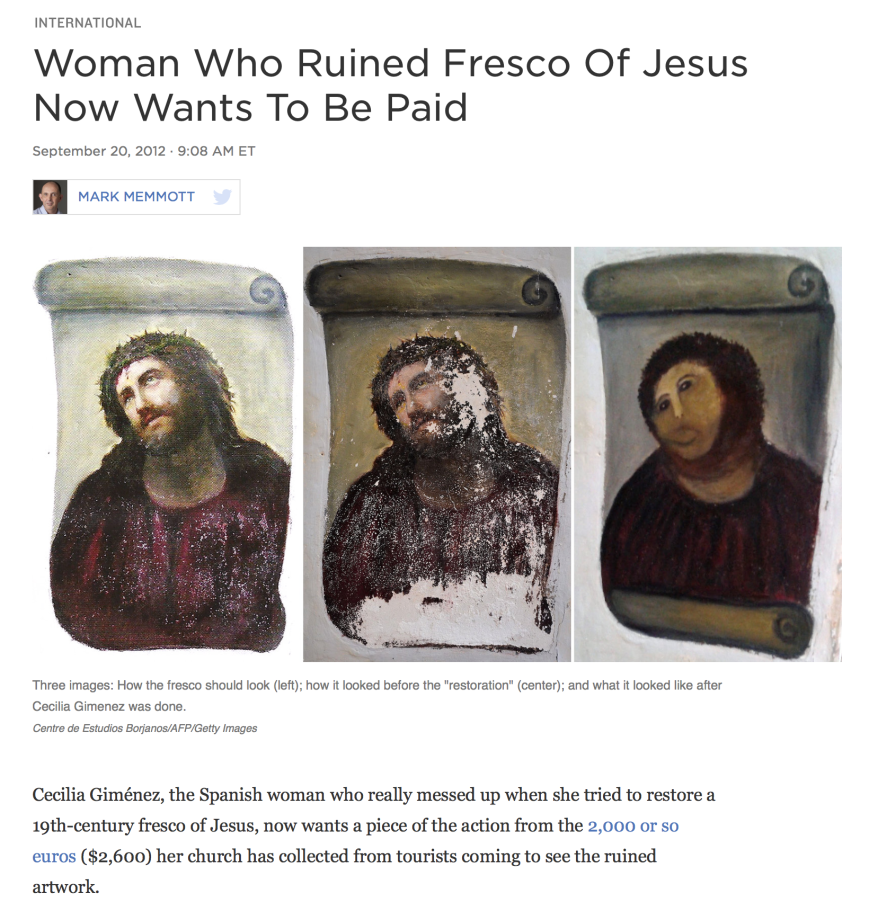
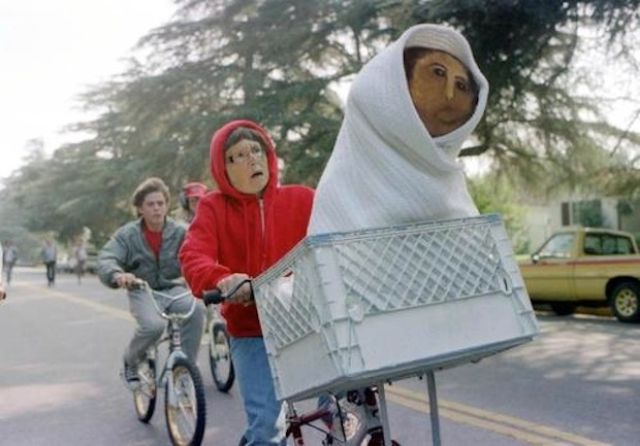
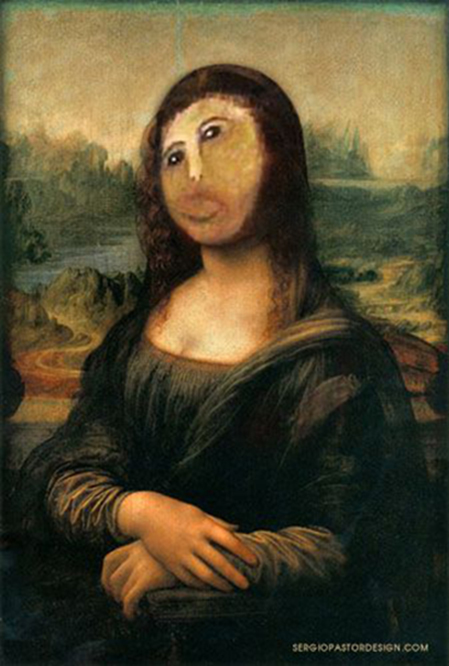
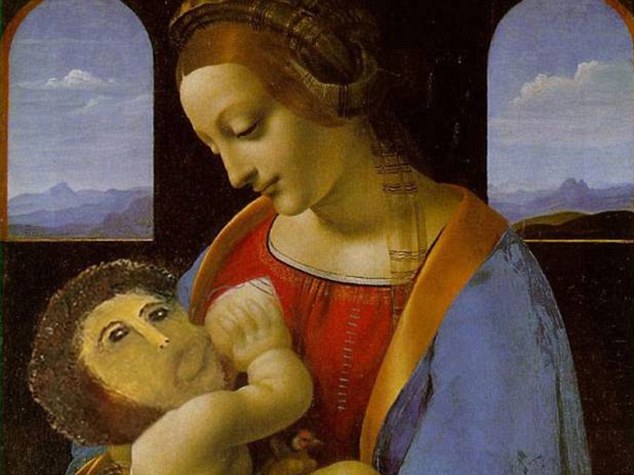
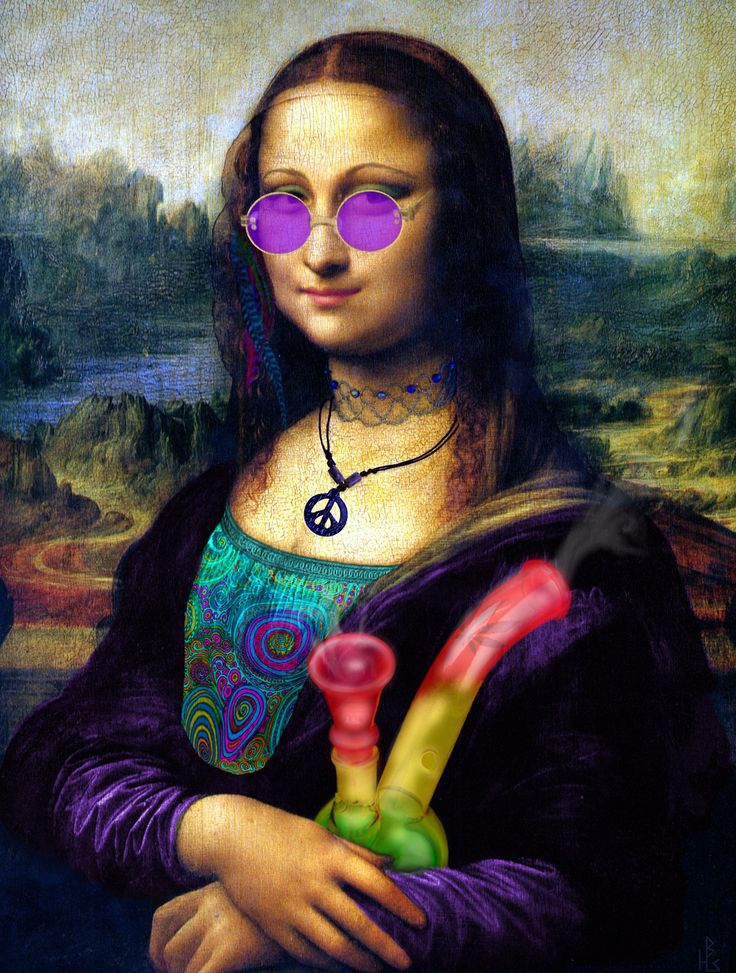
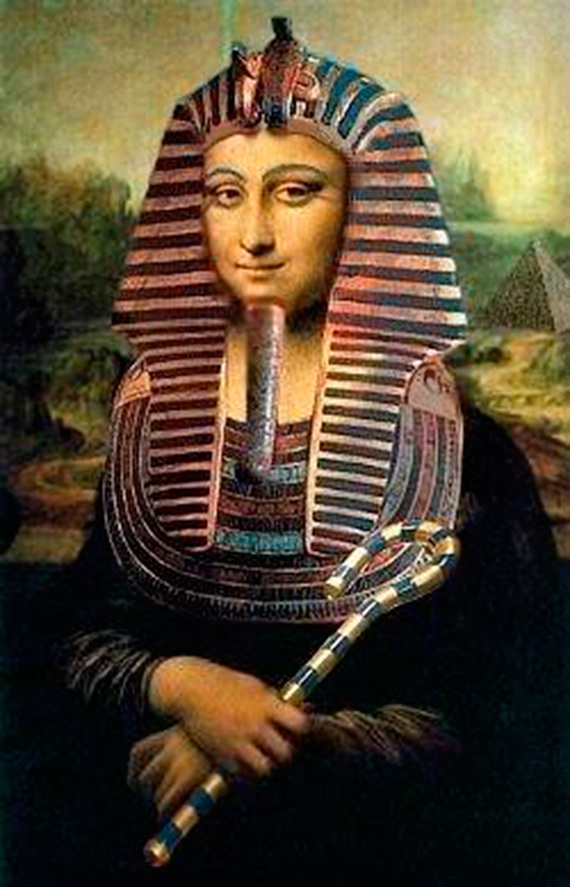
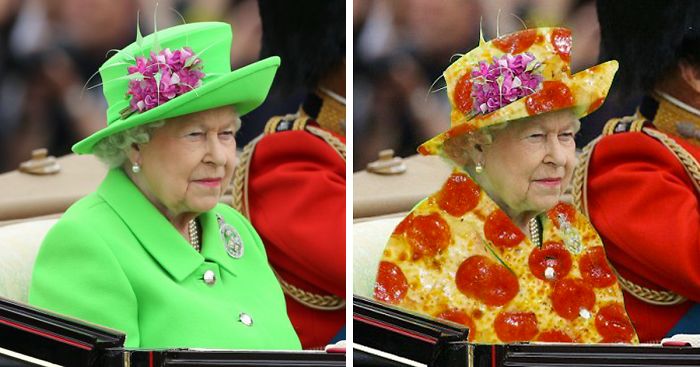
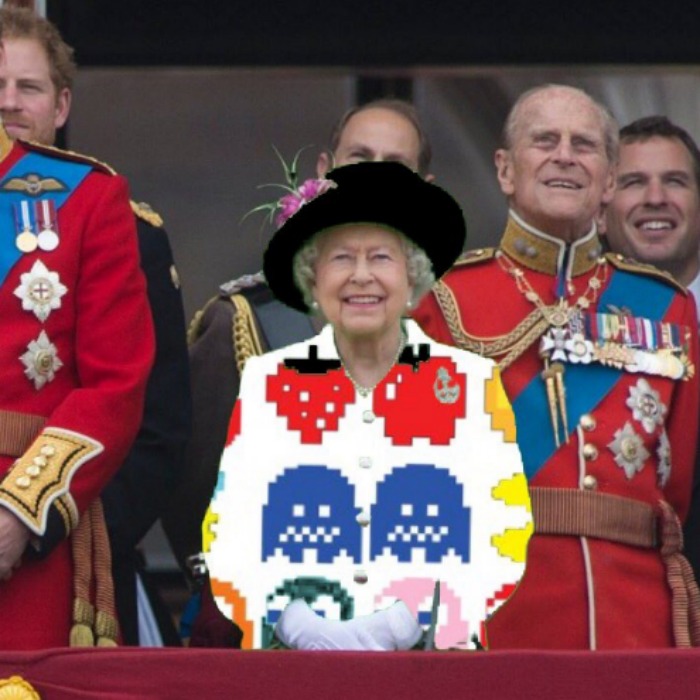
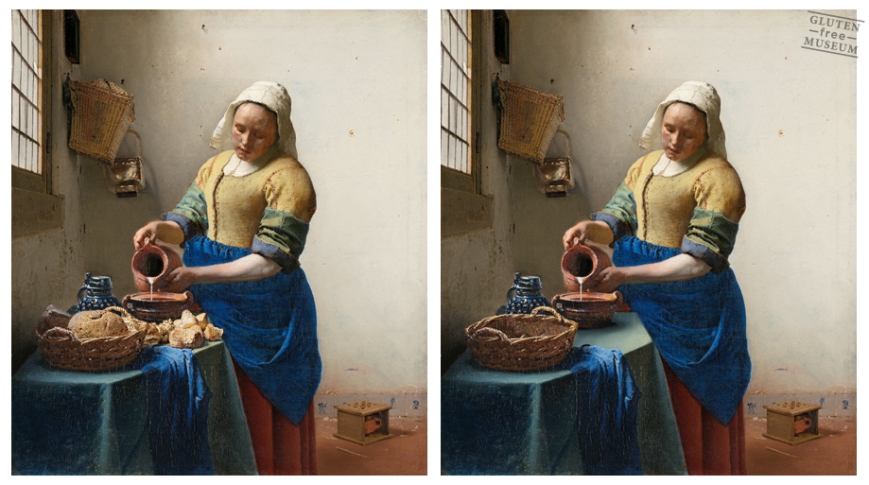
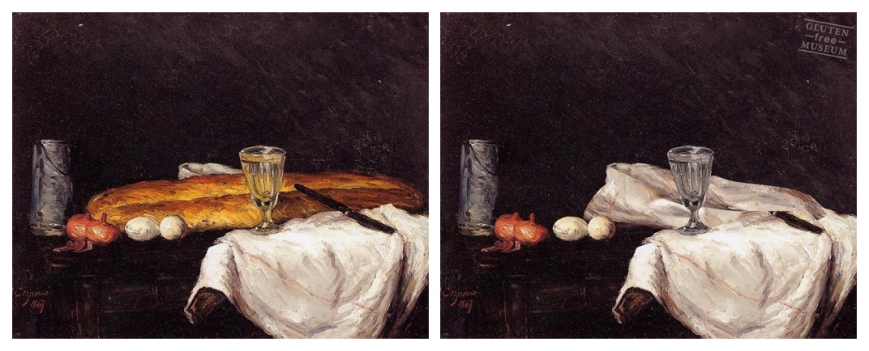
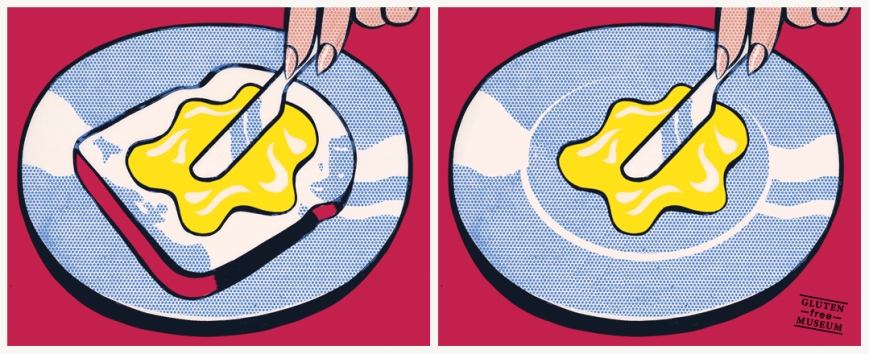
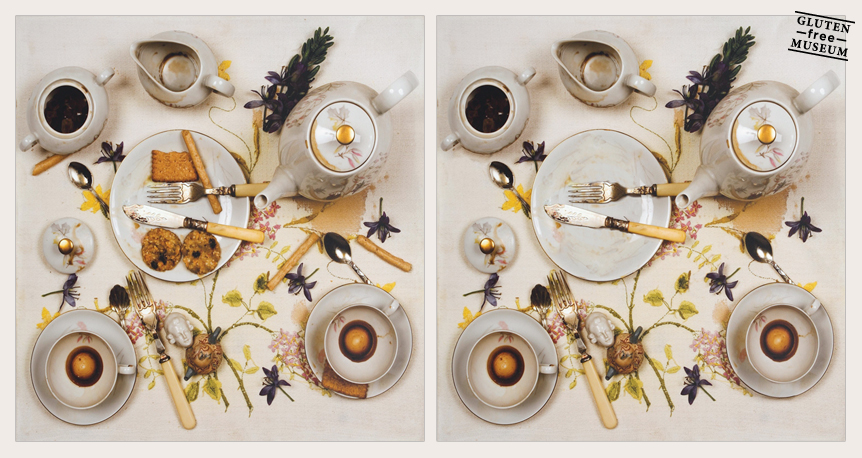






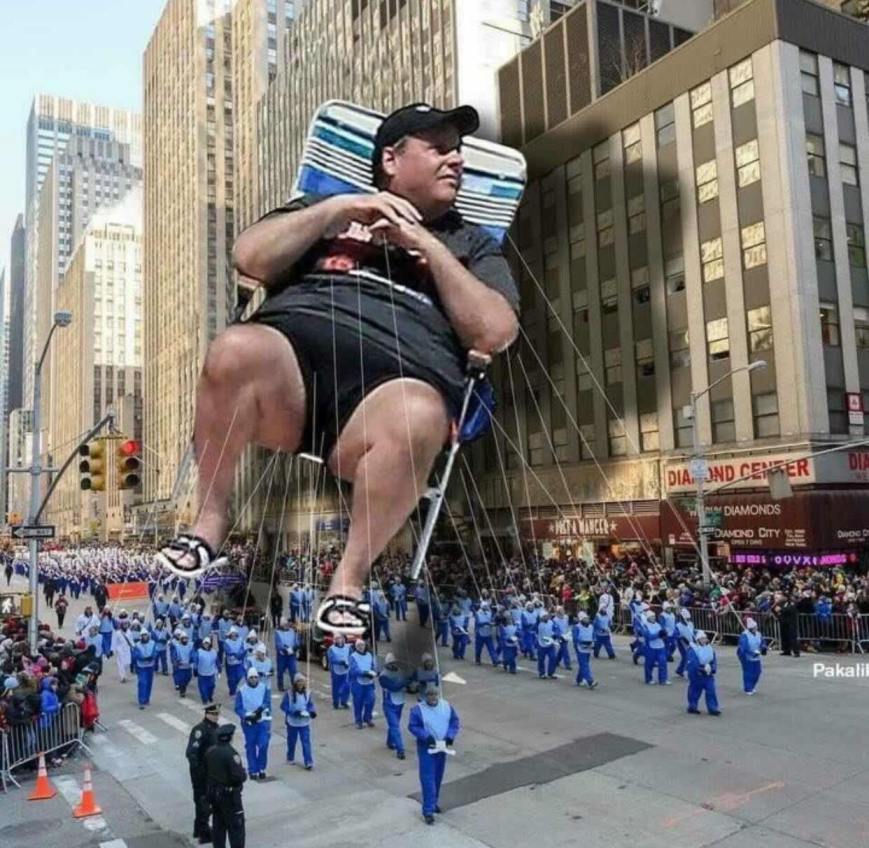




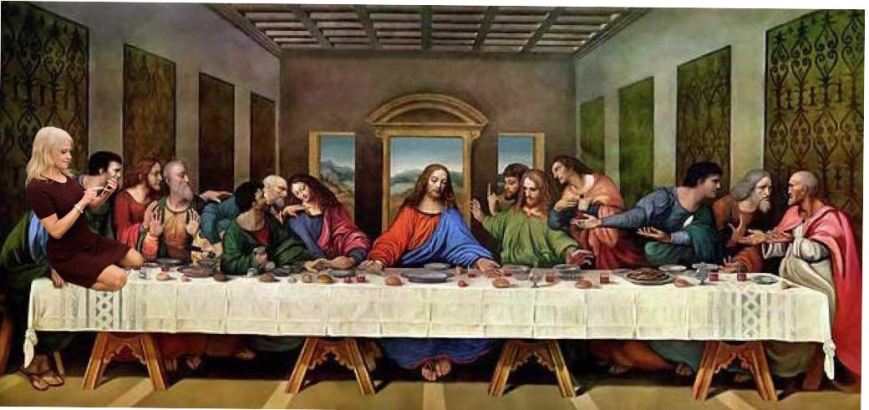
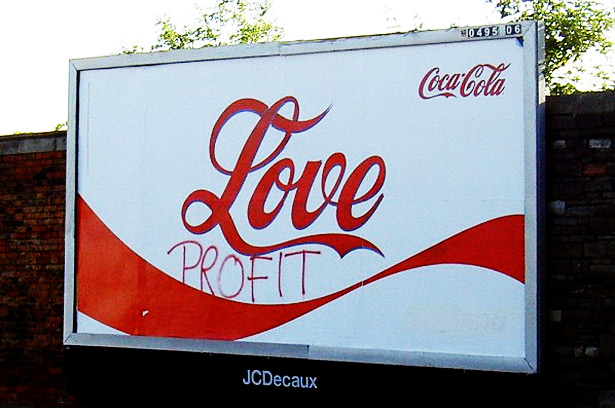

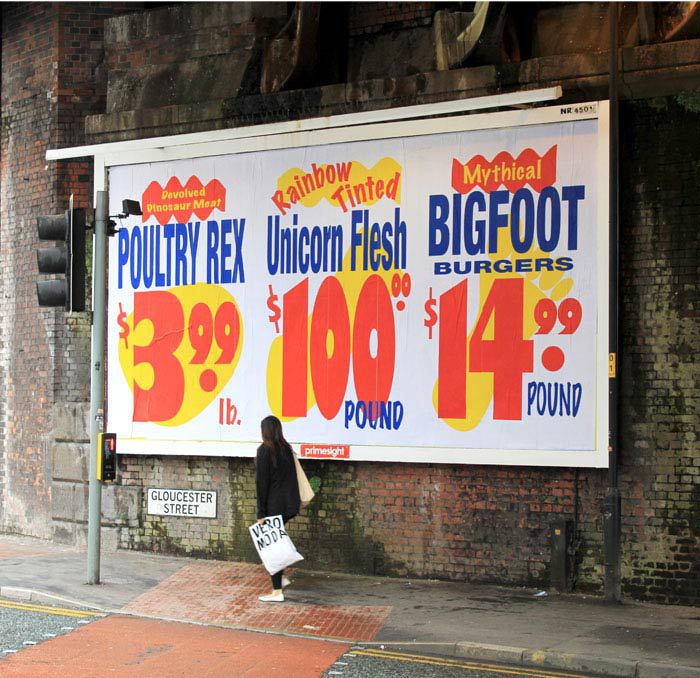
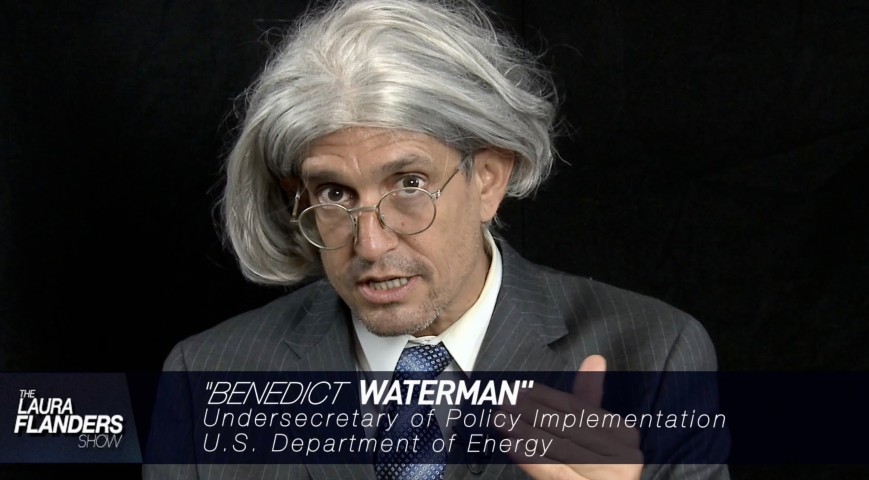
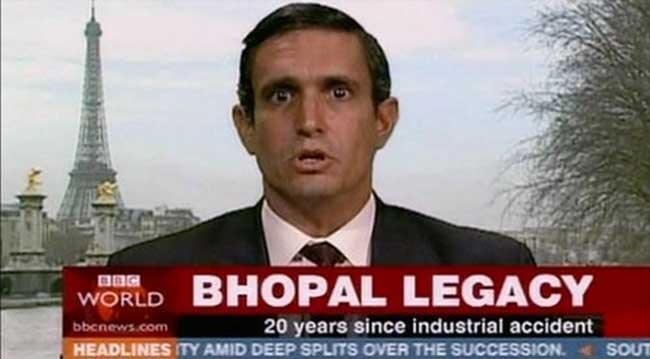

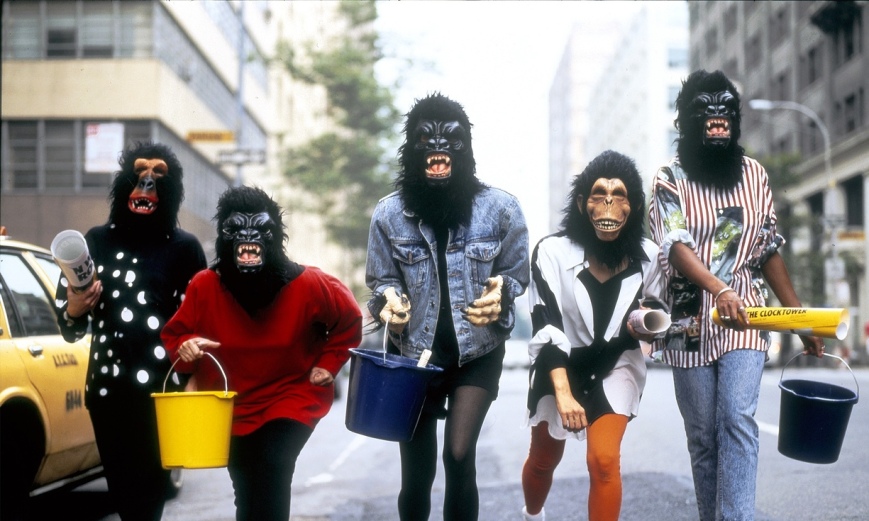
![[no title] 1985-90 Guerrilla Girls null Purchased 2003 http://www.tate.org.uk/art/work/P78815](https://wmuphoto.files.wordpress.com/2017/01/23.jpg?w=869&h=681)
